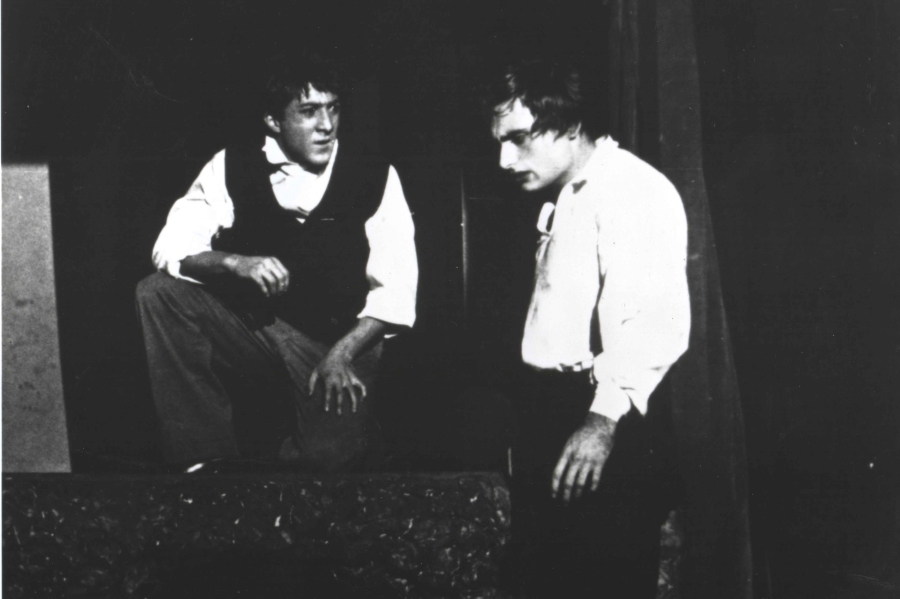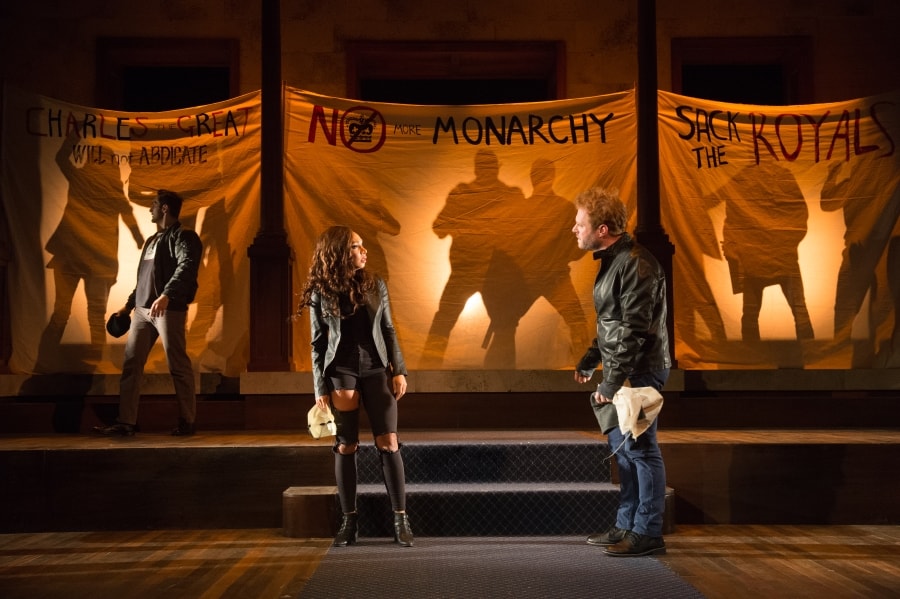PASADENA, CALIF.: The city of Pasadena, just 12 miles northeast of downtown L.A., is known for its arts and cultural offerings. In addition to the annual Rose Parade on New Year’s Day and the football games and music concerts at the Rose Bowl Stadium, tourists and residents can find entertainment at one of the most venerable cultural institutions in Los Angeles County, the Pasadena Playhouse. The historic performing arts venue celebrated its centennial anniversary earlier this month with a celebratory block party. We spoke with producing artistic director Danny Feldman about the company’s programming and starry alumni.
Who founded the Pasadena Playhouse, when, and why?
The Pasadena Playhouse began as the Pasadena Community Players in 1917, led by Gilmor Brown. Along with a group of influential members of the town, they sought to create “a theatre that belonged to the whole community.”
Tell us about yourself and your connection to the Playhouse.
I’m from Los Angeles and had the opportunity to see a student matinee here at the Playhouse when I was in school. I worked in theatre for many years locally here, including producing several plays in the intimate theatre scene. In 2010 I moved to New York to be the executive director of LAByrinth Theater Company. After six years there, I returned home to take on the exciting challenge of running the Playhouse.
What sets your theatre apart from others in your region?
We are the oldest theatre in our region and are the official state theatre of California. Aside from our beautiful historic theatre, we have an amazingly rich history. From world premieres by Tennessee Williams and Eugene O’Neill, to being the home of one of the leading acting schools in America (with students including Raymond Burr, Robert Preston, Dustin Hoffman, Gene Hackman, Sally Struthers, and many, many more!) the Playhouse has a history of being one of the most influential and prolific theatres in America.

Who is your audience?
The Playhouse is situated in the corner of the San Gabriel Valley, just 15 minutes from downtown Los Angeles. We draw diverse audiences from all over the Los Angeles area. For more than a decade, our organization has made a commitment to making our audience more representative of the community we serve. As the state theatre of California, one of the most diverse places on the planet, we strive to engage a wide section of our community, including those who have barriers to the arts, in addition to traditional theatregoers. We’re proud of that important work and have seen some real success.
Tell us about your favorite theatre institution other than your own, and why you admire it.
This is a trick question! I actually spend an hour or so each month going through the websites of every LORT theatre to check out their work and programming. I’m consistently inspired by all the great work being done all over the country.
How do you pick the plays you put on your stage?
Throughout our 100-year history we’ve produced a variety of shows, from classics to new works. I try to honor our history by continuing that tradition of a broad canvas but through a contemporary lens, in dialogue with our world today. I’m drawn to work that is surprising, bold, adventurous, and extraordinary in some way.

What’s your annual budget, and how many artists do you employ each season?Our budget is typically $6-7 million a year with a full-time staff of 25. This season we employed more than 90 artists—one of our most ambitious seasons ever—most of them local to the Los Angeles area.
What show are you working on now? Anything else in your season that you’re especially looking forward to?
We’re finishing up a run of a world premiere play we commissioned, Culture Clash’s Bordertown Now. It explores the immigration issue in America just as that very issue seems to be at a boiling point. I’m quite proud of it and the conversations it has sparked in our community.
I’m looking forward to all of our upcoming plays, but particularly to Ragtime next season. It will be one of the most ambitious projects we’ve ever produced, and will mark the return of the musical to Los Angeles after its pre-Broadway run here 20 years ago. It also is wildly relevant to our world today.

Strangest or funniest thing you’ve ever seen (or put) on your stage?
Our theatre is known for being a bit haunted. We’ve been featured in several TV shows and frequently offer paranormal tours. Personally, I have not (yet) seen any ghostly figures, but several staff members, actors, and crew have. An actress on our last production saw what appeared to be a man in a fedora right before she made her entrance. Our wardrobe supervisor has seen the same figure several times. I have one of the theatre’s old ghost lights in my office, and I leave it on every night…
What are you doing when you’re not doing theatre?
I’m an early riser, so after reading the newspaper in the morning I often go for a hike with my dogs. Many around the country don’t realize that there are amazing hiking trails right here in Los Angeles. It’s a great way to start the day and get perspective.
What does theatre—not just your theatre, but the U.S. or world theatre—look like in, say, 20 years?
I’m excited about theatres moving in a more community-centric direction. There will always be a place for world-class theatre with artists working at the top of their game, but I’d love to see our American stages be more inclusive of community members as artists themselves. I hope that direction continues as it will build a much more engaged and inclusive audience base.


